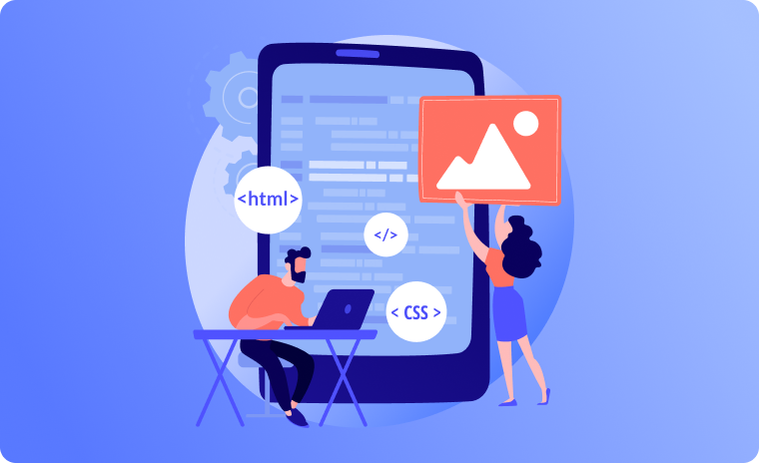3 Reasons Why Developers Love No-Code
The fabricated tension between developers and the no-code technology that was supposed to put them out of work seems to have subsided, finally. Click-bait headlines that question the job safety of possibly the most popular profession of our time are getting few and far between. Developers are trusting no-code platforms and apparently loving them for various reasons. Here’s a closer look at three less-cited reasons developers love no-code:
1 - Chance to test ideas out quickly
The ideation phase in product development is all about throwing mud at the wall and seeing what sticks. Developers want to find out as quickly as possible whether their ideas will work without having to invest a lot of time and effort. No-code technology shortens the route from raw ideas to Rapid Prototypes. This approach minimizes the business risk that would stem from committing resources to an infeasible solution to a problem. The sooner the failure takes place, the easier it is for the product development effort to pivot to something more productive. No-code provides the perfect litmus test for weeding out bad ideas and keep working with the good ones.
2 - Side projects
A side project may serve various purposes for a developer: It may be an opportunity for him to learn a new skill and develop a muscle that he can use later in future projects. It can also be a tentative attempt at turning an idea into a product. If successful, this product can generate passive income in the future, something we all dream of. However, a side project should be limited in scope. It should be just that—a side project—and shouldn’t encroach upon a developer’s main line of work and require too much time or motivation. It should be easy to deal with. In this kind of work, the more you get rid of the mundane, tedious parts of the work, the more time you will have in your hands to focus on the nitty-gritty of the project. Deciding on things like the place of a button on the page or the amount of padding to be used should not require too much attention and brainpower after all when the developer has a lot of other things to worry about in a project. No-code tools allow developers to see the outcome of their decisions right away and expedite progress of a project. They help developers save time and effort while working on their side projects, without having to build everything from scratch for something of secondary importance.
3 - Separation of back end and front end
In the past, application development was a full-stack job: Developers used to learn a programming language and build end-to-end the whole application on one technology. This was a viable approach for desktop applications which did not put much burden on servers. With the progress of the internet technology, web became capable of hosting applications, a fact that facilitated the migration of applications from desktop to web. This technological breakthrough brought about a sharp increase in user numbers and it became difficult for back end servers to cope with the sheer number of user requests. It was obvious that back end and front end scaled at different paces and the former needed to scale more quickly.
The introduction of cloud computing took things to another level, making it possible for developers to build much more capable web applications with lots of features. This gave rise to a sharp increase in the complexity of problems web developers had to face: Browser-specific problems; the differentiation between mobile and desktop; UX; SEO; security concerns. The back end-front end separation was the result of an effort to specialize in problems associated with these respective environments. With these two separated, any change made on one side no longer affects the other, putting an end to the maintenance nightmare.
No-code platforms lend themselves to this approach, producing code for both back end and front end as the user builds his app. There are a plethora of layers between the component and the data model in a no-code platform, but they come pre-built out-of-the-box and thus, do not require developer hours to code. Modern web design and the powerful applications we use support functions such as push notification, streaming and parallel processing, which put a premium in expertise in certain back end and front end tasks. No-code is tailor-made for this new age of app development.
Conclusion
Developers had no beef with no-code platforms in the first place. Articles proclaiming that the no-code revolution would spell the end of software development probably rubbed some developers the wrong way, but they were quick to see the value in no-code technology. As task automation comes to play a bigger role and time-to-market remains as one of the measures of success, developers will come to depend more on no-code tools. What was presented as a conflict of interest between developers and no-code technology has turned out to be the beginnings of a lasting alliance, it seems.




 Please
fill out this field
Please
fill out this field









